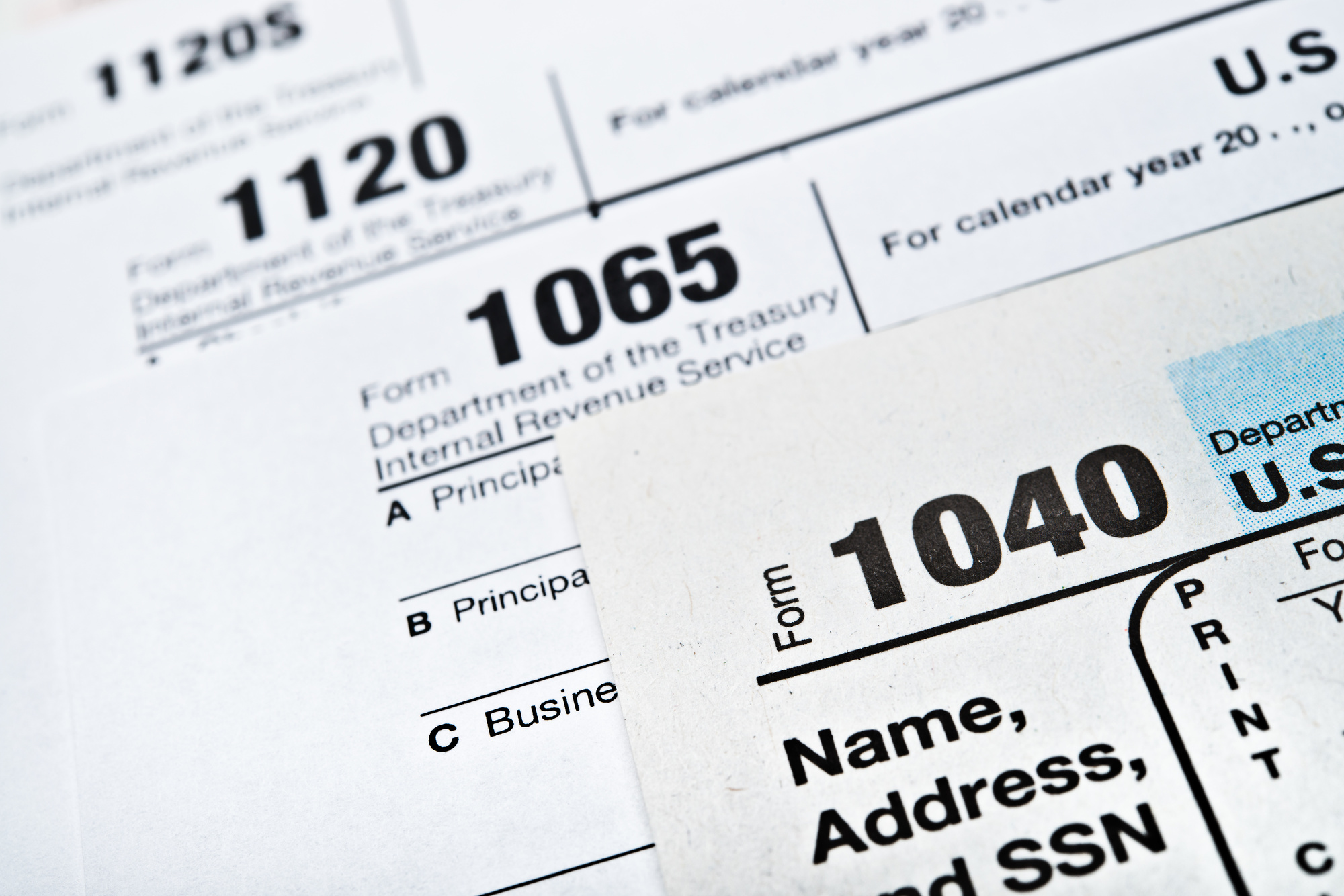
100+ Years of Combined Tax Resolution Experience.
100+ Years of Combined Tax Resolution Experience.
If you’re not looking forward to preparing for your yearly tax return, you’re not alone. The tax preparation process can be complicated for taxpayers, requiring considerable time, effort and a comprehensive understanding of tax strategies. With tax return preparation services from Polston Tax Resolution & Accounting, you can relax knowing that your taxes are being handled by knowledgeable, experienced professionals.
At Polston Tax, we believe no one should have to face the IRS alone. That’s why we stand behind our clients, delivering custom financial strategies that will help them achieve the tax relief they deserve.
What Are Tax Preparation Services?
Tax preparation is the process of arranging and filing tax returns in compliance with federal and state tax laws. After a taxpayer files their return, they’ll find out whether they owe the IRS money or if they’ll receive a tax refund.
Through tax preparation services, a financial professional — such as a tax preparer or certified public accountant (CPA) — prepares a taxpayer’s returns in exchange for compensation. These individuals are responsible for calculating, filing and signing income tax returns on behalf of their clients. In doing so, they review the taxpayer’s income statements, social security number and expenses to determine which items may qualify for tax credits or reductions.
Tax preparation professionals can also offer insights regarding how their clients can reduce their tax liabilities in the future. In some cases, these individuals can also represent taxpayers during IRS tax return examinations.
Our Nationwide Tax Return Preparation Services
Whether it’s you personally or your business that needs help preparing your tax return, we can help! Our trained staff stays up-to-date on the latest legislative changes affecting your tax liability/refund. Whether you are an individual or a business entity, our experienced CPAs, tax preparers and accountants can develop tax strategies that take advantage of new tax laws and legislation when preparing your tax returns in your best interest!
How It Works
At Polston Tax, we take the stress out of tax returns. Whether you’re an individual taxpayer, business owner or contractor, we have you covered. When you invest in tax preparation services from us, our skilled team of tax attorneys and other financial professions will go to great lengths to prepare you for tax season. We’ll undertake projects of any size — from handling specific deductions to taking over preparation entirely. Our expertise allows us to create tax strategies tailored to you, minimizing the taxes you owe each year.
We make tax preparation easier and more efficient than ever with our streamlined process. To begin, all you have to do is reach out to us online or by phone. We’ll ask you for some basic information and schedule you a meeting with one of our case or tax strategists either via phone, online or in person. After your consultation, we’ll begin discussing your service options and send you an estimate.
The Benefits of Tax Return Preparation Services
Though many taxpayers attempt to prepare their tax returns themselves, more and more people are looking to certified professionals to do it for them. When you hire Polston Tax for tax preparation services, you’ll receive:
- Accurate returns: It’s the tax professional’s job to prepare fully accurate tax returns, avoiding common mistakes that taxpayers often make. When your tax returns are error-free, you minimize the risk of tax liabilities, fines, interest and audits.
- Time savings: Tax return preparation is a highly involved process with many steps. With tax preparation services, you can save yourself hours of work.
- Audit assistance: In the unlikely event of a tax audit, you’ll have a seasoned professional on your side to deliver advice and help you respond to IRS inquiries.
- Tax deductions: Tax preparers are up to date on all the latest tax reforms, meaning they have the knowledge to identify any credits and deductions you may qualify for and help you determine which would benefit you most.
- Peace of mind: With tax return preparation services, you can trust that your returns have been properly prepared by qualified professionals, eliminating the stress that comes with doing them yourself.
Why Choose Polston Tax to Handle Your Tax Returns?
At Polston Tax, we understand that life can get in the way when it comes to your taxes. That’s why we’re dedicated to providing our clients with the relief they need to face the IRS, transferring the weight from their shoulders to ours.
Here are a few more reasons to work with us:
- Staff: Our talented team includes over 100 accountants, financial analysts, case managers and CPAs with the skills and knowledge to assist you.
- Experience: We’ve been in the tax and accounting business since 2001, spending over 20 years serving businesses and taxpayers. We use more than 100 years of combined tax and accounting experience to do the most for our clients.
- Awards: We’re honored to have been recognized by organizations like the Oklahoma City Chamber of Commerce, Journal Record, Super Lawyers and more.
- Community: Polson Tax organizes quarterly community service events where our team gives back to those in need.
Book Tax Preparation Services From the Professionals at Polston Tax Today
For dependable tax return preparation services you can trust, choose Polston Tax. When you hire us, you’ll have an entire team of financial professionals in your corner that are committed to getting you the best results.
For tax return preparation, call 844-841-9857 or click “Contact Us” below to fill out the form so we can reach out.
Additional Readings

Taxes are one of life’s certainties. Whether you’re a business owner or an individual, if you earn income, you’ll need to pay taxes on it. How much you need to pay can vary considerably based on how well you prepare your tax return. Numerous deductions, exemptions and credits can make your tax bill much more...

Did you know that last year, the IRS rejected about 3.4 million tax returns that were filed electronically? In many of those cases, the return wasn’t rejected because of fraud or some major problem. The issue was simply that the filer had entered the wrong AGI for the previous year’s income tax return. An incorrect...


A question we often get from clients is how long should you keep your tax returns and other financial records. Like many other taxpayers, you might think that once you file your federal tax return, you can throw all of your tax documents away. This, unfortunately, is less than ideal for handling potential audits. As a responsible taxpayer, you need to...

The world of tax laws is a complex maze, and the IRS statute of limitations is your guide. It tells you how long the IRS has to audit your tax returns and collect any money you might owe. Knowing this timeframe is essential. It’s your protection against the IRS coming after you years down the...

If you and the Internal Revenue Service (IRS) disagree on an outcome or decision involving your tax matter, you can legally appeal their decision. IRS tax appeals allow you to state your case to the IRS appeal division for another evaluation. Whether you need to dispute a tax penalty, assessment or other decision from the...